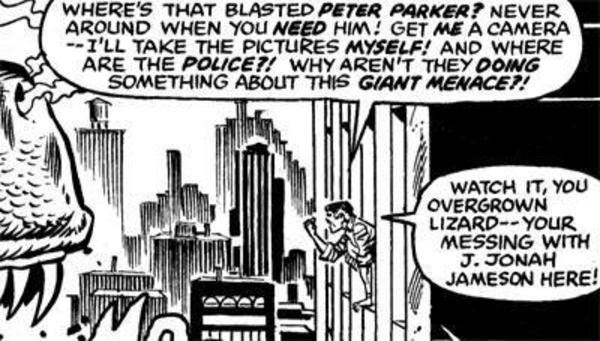The Sony Soundabout, Superman, and Home Alone 2
In 1979, listening to music changed forever when Sony introduced the “Soundabout.” You probably know it under the name that they would quickly change it to, the “Walkman.” The product was so popular that for many people it became synonymous with portable audio.
It would take decades for another product to disrupt the brand’s association with the niche it owned. That other product was Apple’s portable digital audio player, the iPod.
Products as recently as 2019 have carried the storied “Walkman” moniker. Now it seems like a very obvious name, but I was curious, how did the Walkman get its name?
What was the Sound Soundabout?
If you are like me, you probably thought that the Walkman got its name based on the fact that you could “walk around” while listening to your audio. While this fact might be true, it is only part of the story.
According to Sony, the name was based on an existing product and a famous superhero. The design of the Walkman was based on Sony’s portable device that had been released in 1977. This compact cassette recorder was designed for journalists and was aptly named the Pressman.
Unsurprisingly, people learned that they could use the Pressman as a portable music player. When Sony saw this, they knew they could have a new product by just altering one they had already designed.
Around this same time, the Superman motion picture was extremely popular. So the good people at Sony decided they should ride the wave of adding “man” to the end of a product and the Sony Walkman was born.
Based on the Pressman, the first-generation Walkman was a bit different from the future Walkman. Most notably, it had two headphone jacks so that you could share your music with a friend. Here is a very early commercial from Japan showing this feature in action.
I like the connection between the Pressman and Superman. It got me wondering…
Is Clark Kent a Good Reporter?
While I enjoy his movies and the old TV show, I have never been a reader of the Superman comics. So I wasn’t sure if Superman in his secret identity as Clark Kent ever spent much time trying to master his job as a reporter.
While comics tend to have various continuities, it does seem that in at least one of those continuities we learn that Clark Kent has won two Pulitzer Prizes. I am not sure when he finds the time between saving the world and his day job, but Kent also wrote two novels, The Janus Contract and Under a Yellow Sun.
It turns out that superheroes winning Pultizer Prizes might not be that uncommon. We learn in the comic Sentry/Spider-Man that Spider-Man has won that prestigious awards for a photo he took as his alter ego, Peter Parker.
For much of his comic run, Parker made his living off of the photos he took as Spider-Man. Did you ever wonder how he took all those photos?
Friendly Neighborhood Belt Camera
One of my favorite tropes in superhero comics is when they illustrate the equipment used by the characters. From Batman’s Utility Belt to Iron Man’s Helmet, I would stare at these illustrations until I had memorized all their fictitious functionality.
As it turns out, the amazing Spider-Man has a pretty sophisticated bit of equipment around his waist for capturing photos of the various villains he tangles with, his trusty Belt Camera.
That’s right, an automated camera was snapping away as Spidey would throwdown with threats to his beloved city. The quality of a waist-height photo must have been really hit or miss. The confusing angle and mixed quality might help to explain some of the frustration and anger that Peter Parker received from his cigar-chomping boss.
I love that a piece of equipment can explain a facet of a character. This got me thinking about another hero that fought crime in New York City.
Every Hero Needs the Right Piece of Equipment
I was working at a video store when Home Alone 2 was released in 1992. The movie featured a device called the Talkboy that was all the rage after the film was released. We carried movie-related novelties in the store and we couldn’t keep the Talkboy on the shelf.
This tape recorder and player was basically a simplified version of the Sony Pressman with a more child-friendly case.
The film’s writer and director, John Hughes, conceived the concept and turned to Tiger Electronics to build the version in the film and ultimately the toy that would take the country by storm.
The film was released in November and by December Tiger had sold hundreds of thousands of Talkboys, but that did little to sate demand. Which the company estimated was around 2 million units. Department stores stopped taking orders, and the switchboard at Tiger was constantly busy fielding calls from desperate parents.
That demand would take years to finally abate and in the meantime, Tiger would release multiple versions of the Talkboy with various improvements and features.







